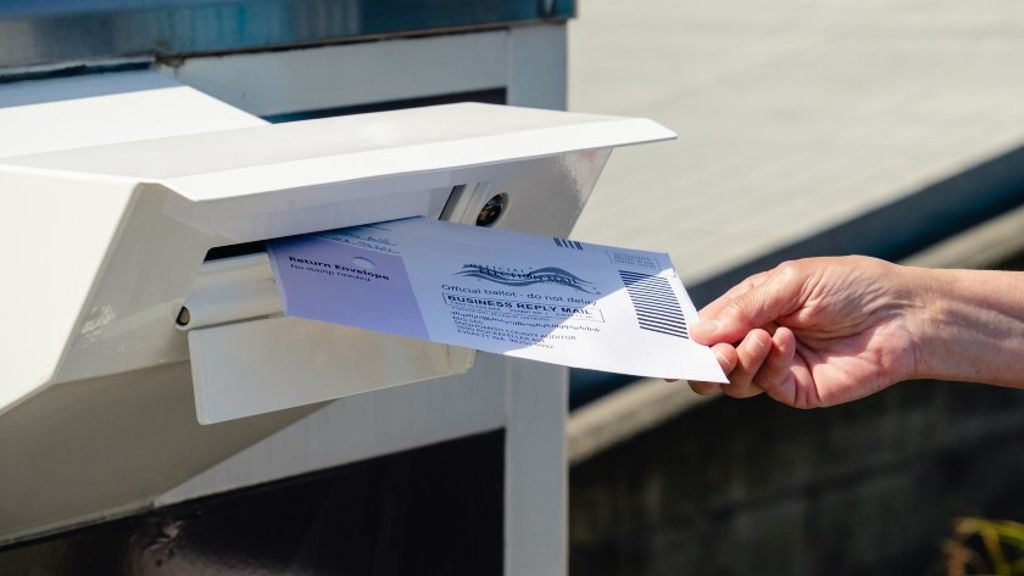Consumer prices, excluding the volatile food and energy components, soared well beyond the Federal Reserve’s 2 percent target in the year to May, reaching levels not seen in nearly 30 years and reinforcing inflation concerns.
The so-called core personal consumption expenditures (PCE) price index, which excludes food and energy and is the Fed’s preferred method for gauging inflation, rose 3.4 percent in the 12 months to May, after rising 3.1 percent in the year to April, the Commerce Department said on Friday. The last time the core PCE inflation gauge saw a similar year-over-year vault was in April 1992.
The Fed looks to core PCE as the key inflation gauge that informs its monetary policy, which has an inflation target of a longer-run average of 2 percent.
Fed officials have repeatedly said they believe the current bout of spiking prices is transitory as they continue to tolerate inflation running hot in the shorter term, arguing that a premature withdrawal of crisis support measures—near-zero interest rates and around $120 billion in monthly bond buys—would risk derailing the economic recovery.
Federal Reserve Bank of Minneapolis chief Neel Kashkari said on Friday that he doesn’t expect the high inflation readings to last and that Americans will return to the labor market in large numbers by the fall, when the supplemental federal pandemic unemployment boost runs out.
Industry groups and business owners have been complaining about a shortage of labor, and Republican leaders in dozens of states have moved to opt out of the federal unemployment compensation boost to help address the hiring crunch.
Economists and investors have widely shifted their spectrum of concerns from slow growth, high unemployment, and deflationary pressures at the beginning of 2021, to inflation, with their gaze now keenly set on how the Fed navigates the delicate balance between supporting the labor market recovery and containing upward price pressures.
BY TOM OZIMEK







